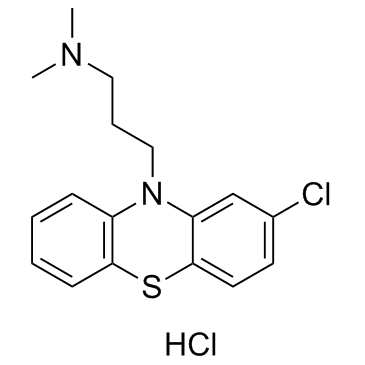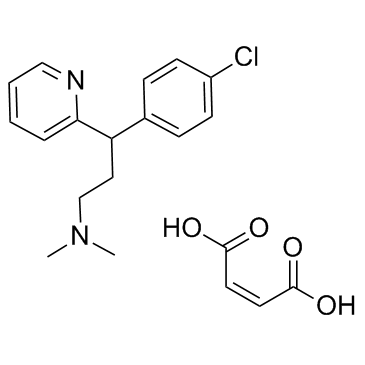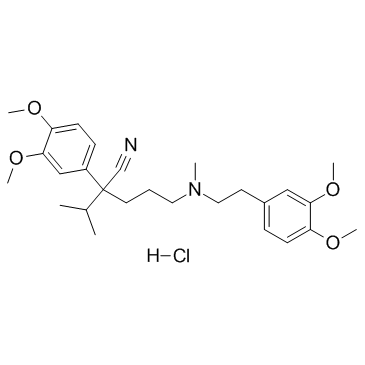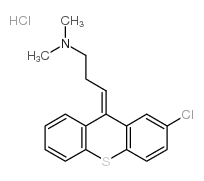| Structure | Name/CAS No. | Articles |
|---|---|---|
 |
promethazine hydrochloride
CAS:58-33-3 |
|
 |
Octoclothepin maleate
CAS:4789-68-8 |
|
 |
Chlorpromazine hydrochloride
CAS:69-09-0 |
|
 |
Methiothepin mesylate
CAS:74611-28-2 |
|
 |
Chlorpheniramine maleate
CAS:113-92-8 |
|
 |
Loperamide hydrochloride
CAS:34552-83-5 |
|
 |
Verapamil HCl
CAS:152-11-4 |
|
 |
Desipramine hydrochloride
CAS:58-28-6 |
|
 |
Chlorprothixene hydrochloride
CAS:6469-93-8 |